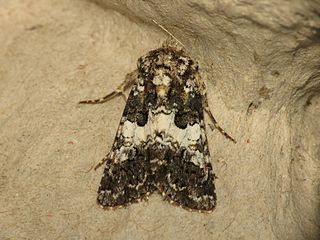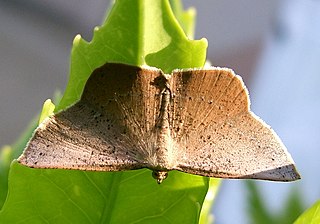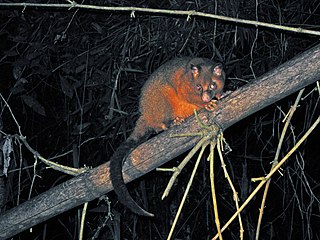
Vulpecula is a faint constellation in the northern sky. Its name is Latin for "little fox", although it is commonly known simply as the fox. It was identified in the seventeenth century, and is located in the middle of the Summer Triangle.

The common brushtail possum is a nocturnal, semiarboreal marsupial of the family Phalangeridae, native to Australia and invasive in New Zealand, and the second-largest of the possums.
River Tigris or Tigris was a constellation, introduced in 1612 by Petrus Plancius. One end was near the shoulder of Ophiuchus and the other was near Pegasus, and in between it passed through the area now occupied by Vulpecula, flowing between Cygnus and Aquila. It did not appear on Hevelius' atlas of 1687 or Johann Bode's Uranographia atlas of 1801 and was quickly forgotten.

The brushtail possums are the members of the genus Trichosurus in the Phalangeridae, a family of marsupials. They are native to Australia and some small nearby islands. Unique among marsupials, they have shifted the hypaxial muscles from the epipubic to the pelvis, much like in placental muscles, meaning that their breathing cycle is more similar to the latter than to that of other non-eutherian mammals. In general, they are more terrestrially oriented than other possums, and in some ways might parallel primates.

The northern brushtail possum is a nocturnal marsupial inhabiting northern Australia. The northern brushtail possum is sometimes considered a species; however, more often than not is considered a subspecies of the common brushtail possum.

NGC 6820 is a small reflection nebula near the open cluster NGC 6823 in Vulpecula. The reflection nebula and cluster are embedded in a large faint emission nebula called Sh 2-86. The whole area of nebulosity is often referred to as NGC 6820.
Paracles is a genus of moths in the subfamily Arctiinae. The genus was described by Francis Walker in 1855. The species range from Panama to Patagonia, with quite a few in the southern temperate region of South America.

Syllepte is a genus of moths in the family Crambidae.

Scoparia is a grass moth genus of subfamily Scopariinae. Some authors have assigned the synonymous taxon Sineudonia to the snout moth family (Pyralidae), where all grass moths were once also included, but this seems to be in error.

Hadena is a genus of moths of the family Noctuidae erected by Franz von Paula Schrank in 1802. About fifteen species are native to North America, while over one-hundred are distributed in the Palearctic realm.

Plesiomorpha is a moth genus in the family Geometridae described by Warren in 1898.

Scopula is a genus of moths in the family Geometridae described by Franz von Paula Schrank in 1802.

The coppery brushtail possum is a species of marsupial possum in the family Phalangeridae. Coppery brushtails are found within the Atherton Tablelands area of Queensland, in northeastern Australia. These mammals inhabit rainforest ecosystems, living within the tree canopy. Though they have a restricted distribution, they are locally common. This population is often considered a subspecies of T. vulpecula.

Plesiomorpha punctilinearia is a moth of the family Geometridae first described by John Henry Leech in 1891. It is found in Japan and the Ryukyu Islands.

Eupitheciini is a tribe of geometer moths under subfamily Larentiinae, often referred to as pugs. The tribe was described by Tutt in 1896.

Sharpless 2-88 or Sh 2-88 is a region including the diffuse nebula Sh 2-88A and the two compact knots Sh 2-88B1 and Sh 2-88B2, all of which are associated with Vulpecula OB1.

NGC 7080 is a barred spiral galaxy located about 204.5 million light-years away in the constellation of Vulpecula. It has an estimated diameter of about 100,000 light-years which would make it similar in size to the Milky Way. NGC 7080 was discovered by astronomer Albert Marth on September 6, 1863.
The modern constellation Vulpecula lies across one of the quadrants symbolized by the Black Tortoise of the North, and Three Enclosures, that divide the sky in traditional Chinese uranography.

Baptini is a tribe of geometer moths in the subfamily Ennominae.














